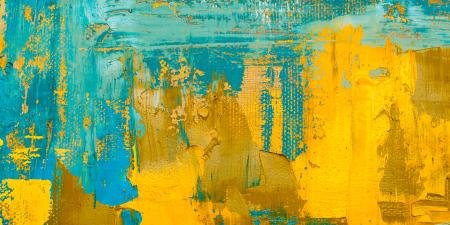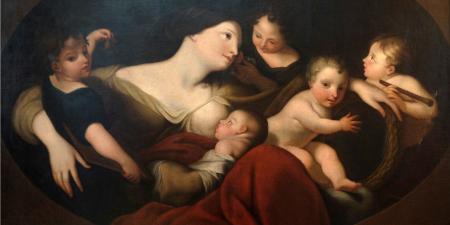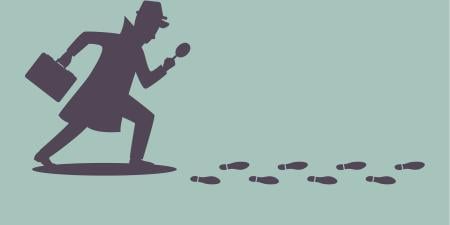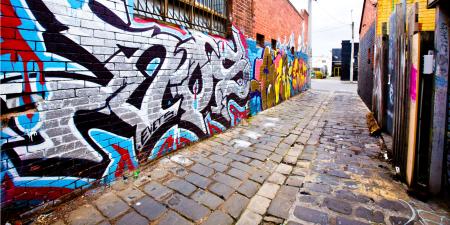Pellegrino, ED. The anatomy of clinical judgments: Some notes on right reason and right action. In: Engelhardt HT Jr, Spicker SF, and Towers B, eds. Clinical Judgment: A Critical Appraisal. Dordrecht, Holland: D. Reidel Publishing Company; 1979:169-194.
The "Anatomy of Clinical Judgments" is a testament to the enduring influence of Edmund Pellegrino [1]. Pellegrino identifies a number of distinctions that challenge traditional ways of understanding medical practice. Like a good philosopher (his protestations of the label notwithstanding), he uses these distinctions not only to advance his own particular view of clinical judgment (which will be sketched below), but to do what distinctions drawn well generally do: invite—or rather demand—new ways of thinking about old problems. The "Anatomy of Clinical Judgments" opens up a space for exploring the nature of clinical judgment. Though more than a quarter of a century old, this space is still being explored today.
Long before medicine became an academic interest for many with a philosophical bent, Edmund Pellegrino recognized that clinical judgment—and by extension, clinical expertise—sat on a fulcrum in the debate over the character of medicine. Pushed too far one way, the physician becomes a defender of mystical intuition [2]. At best, the physician’s appeal to the “art of medicine” is seen as a quaint anachronism and at worst as an attempt to maintain social, moral, or epistemic privilege [3]. Pushed too far in the other direction, the moral essence of what the physician does is threatened by impersonal science. Clinical judgment, shorn of its place within the broader context of caring for a real, individual, whole patient, becomes just the first thread unraveled en route to a view of the physician as a mere technician of the body. In the "Anatomy of Clinical Judgments," Pellegrino recognizes that the clinical expert needs to be understood as neither a mystic nor a technician, but foremost as a moral agent.
The greatest contribution of this article may be that it exposes one of the oldest dichotomies in medicine—is medicine an art or a science—as mistaken in its very conception. Medicine is neither an art nor a science. What would it mean for medicine to be a science? Is there even a clear sense of what “a science” is [4]? Pellegrino’s alternative, that medicine, properly understood, is a practice with inextricable elements of both, is at once both a conservative view and a deeply radical one. It is conservative in that it coheres with a view of what most physicians already think they are engaged in—using scientific reasoning based on observations and hypotheses to arrive at defensible conclusions as well as artfully bringing a lifetime of lived experience to each uniquely situated patient. It is a radical view, however, in that it is based on an understanding of medicine as an inherently moral enterprise.
Pellegrino argues that the clinical encounter is special. It is not a chance meeting of individuals—one proffering a service and the other seeking one. It is an encounter structured by the fact of illness and so comes replete with meanings and moral obligations [5]. The patient comes to the encounter as a person in need, as a vulnerable individual, possibly one whose very existence is at stake. The patient is not a mere consumer of services in the free market. The physician, on the other hand, is not a journeyman selling her wares, but someone called to service. The physician’s skills are not, strictly speaking, her own but a kind of communal, historical asset (running from Hippocrates through to the present) that each newly minted doctor holds in trust. The character of the clinical encounter is important because, among other things, it gives a normative structure to clinical judgment. In Aristotelian terms, all of clinical judgment has as its end “a right healing action for a particular patient” [6].
Three Essential Questions
Pellegrino identifies 3 questions that frame clinical judgment. The first is a diagnostic question: what can be wrong? The second is a therapeutic question: what can be done? And the third is a normative question: what should be done for this patient?
The diagnostic question is typically approached from the scientific point of view. It involves gathering data (eg, signs, symptoms, laboratory findings, imaging information) and using deductive or probabilistic reasoning to home in on a set of diagnostic possibilities. In concrete practice, this ideal is tempered by the exigencies of practice. Lab values are not always right. Patient histories vary in detail and accuracy. Emergencies demand quick decisions in the absence of complete information. Despite the messiness of real medical practice, the goal is diagnostic closure.
The therapeutic question is also best approached with scientific tools. Therapeutic trials provide information on better and worse treatments for individual diagnoses. Therapeutics and diagnostics are “least secure scientifically” [7]. And while the push for “evidence-based medicine” is a more recent development, there is still less of a sense of certainty in this domain than in the diagnostic one.
The normative question is situated within the individual patient’s value scheme. Answers to the diagnostic, and especially the therapeutic, questions are always shaped by answers to the normative question. There is no right way to proceed without an understanding of what the patient takes to be the goal of medicine. The right choice might be to push ahead with a risky procedure in hopes of living to see the birth of a grandchild. Or the right choice might be to live fewer but more comfortable final days in one’s own home, surrounded by loved ones. Values give meaning to the right choice.
One can take issue with Pellegrino’s Aristotelian view that the goal or telos of medicine binds these 3 questions together in a way that resists current moves to study them each individually. How is Bayesian reasoning shapedby the goals of medicine [6]? What does it mean for an algorithm to be modulated by the fact of illness [6]? It may be that what goes hand in hand with Pellegrino’s view of medicine is an Aristotelian view of science. Given that the philosophy of science in general has tended away from teleological views, one could argue that at the very least more needs to be said about the relation of the philosophy of medicine to the philosophy of science.
In the end, Pellegrino lays out a way of conceptualizing clinical judgment that continues to inform the field. He provides a unified picture of what physicians do on a daily basis. What may sometimes feel to physicians like disjunctive, value-neutral activities are really part of an inherently moral practice. Whether one finds his overarching Aristotelian view compelling or whether the goal-directed activities of physicians might need to be conceptualized in another way (say, as normatively structured “skills”) is less important. Medicine is a normative practice. Those who practice it well, like clinical experts, do so as moral agents.
Question for Discussion
The reviewer says that this 1979 article by Edmund Pellegrino exposes the false dichotomy that medicine is either an art or a science: it is both, say Pellegrino and the reviewer. Do you think art and science are equal contributors to the practice of clinical medicine? How does one gain expertise in the art of medicine?
References
-
Pellegrino ED. The anatomy of clinical judgments: some notes on right reason and right action. In: Engelhardt HT Jr, Spicker SF, and Towers B, eds. Clinical Judgment: A Critical Appraisal. Dordrecht, Holland: D. Reidel Publishing Company; 1979:169-194.
-
Wieland W. The concept of the art of medicine. In: Delkeskamp-Hayes C, Cutter MAG, eds. Science, Technology, and the Art of Medicine. Boston, Mass: Kluwer Academic Publishers; 1993:165-181.
-
Spicker SF. Intuition and the process of medical diagnosis: the quest for explicit knowledge in the technological era. In Delkeskamp-Hayes C, Cutter MAG, eds. Science, Technology, and the Art of Medicine. Boston, Mass: Kluwer Academic Publishers; 1993:199-210.
-
Rouse J. Engaging Science: How to Understand Its Practices Philosophically. Ithaca, NY: Cornell University Press; 1996.
-
Pellegrino ED. The healing relationship: the architectonics of clinical medicine. In: Shelp EE, ed. The Clinical Encounter: The Moral Fabric of the Patient-Physician Relationship; Dordrecht, Holland: D. Reidel Publishing Company; 1983:153-172.
-
Pellegrino ED. Anatomy of clinical judgments, 173.
-
Pellegrino ED. Anatomy of clinical judgments, 179.



